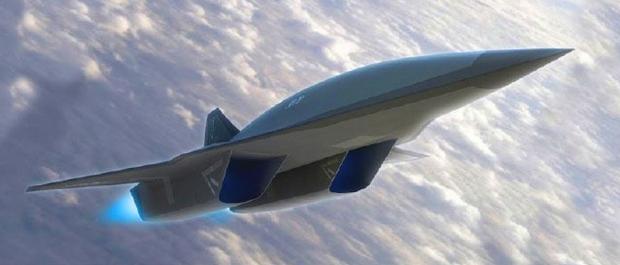Effectors Replace Control Surfaces in Experimental Electric Aircraft


The U.S. Defense Advanced Research Projects Agency (DARPA) in Arlington, Va., has announced a $12.4 million order to Aurora to move to phase-one of the “Control of Revolutionary Aircraft with Novel Effectors” (CRANE) project. Aurora Flight Sciences engineers are replacing control surfaces like ailerons, rudders, and flaps with effector jets on a new electric aircraft.
Passive control involves geometrical modifications like vortex generators on an aircraft wing for flow separation control, or chevrons on an exhaust nozzle of an aircraft to mitigate noise. Passive control devices always are on, no matter the need or performance penalty. Active flow control entails energy or momentum addition to the flow through ejection or suction on a wing, fuselage, inlet, or nozzle. Despite their relatively high costs, such effectors are light weight, energy efficient and have no moving parts. CRANE’s goal is to demonstrate that active flow-control actuator technologies can maintain flight safely, and provide quantifiable aircraft capabilities. Photos show a CRANE image and an unrelated Aurora Flight Sciences wind tunnel model. Aurora Flight Sciences specializes in creating advanced aircraft through the development of intuitive autonomous systems, novel configurations, electric propulsion, and complex composite structures. Watch a video about Aurora here. Story and photos courtesy of Military & Aerospace Electronics, and Aurora Flight Sciences.
